Imagine living in a house with 15 people – just you and them for nine months. Then you organise a party to welcome the outside world for the first time after your months of solitude. For weeks you prepare, tidy the house, clean the toilets, make beds and get ready for the arrivals. Weeks of anxiety to open the door to the world would be met with mixed feelings.
At Concordia research station in Antarctica this is standard practice, with the party being the arrival of the first aircraft to land after nine months of living in freezing conditions – including no sunlight for four months.
Although the new arrivals bring a welcome break to the routine they can be overbearing and disrupt the natural order that forms after living in a tight-knit group for such a long time. But one thing that is always welcome: fresh fruit!
ESA-sponsored medical doctor Nadja Albertsen describes her emotions on seeing the first plane land: “First flight – no words needed 🙂 Better than the first sunrise :-)”
The extreme experience of spending a whole year at Concordia is not unlike going on a long mission into space. Limited contact and no fresh supplies are just two of the similarities, which is why ESA sends a research doctor to study the technicians and scientists and how they cope with life far from civilisation.
The first aircraft brings with it the start of another extreme: during the Antarctic summer the base is awash with over 60 scientists and technicians performing science and maintenance in preparation for the following winter. Many of the summer guests sleep in heated tents near Concordia base.
During this time the Sun never sets below the horizon and aircraft arrive on an almost daily basis.

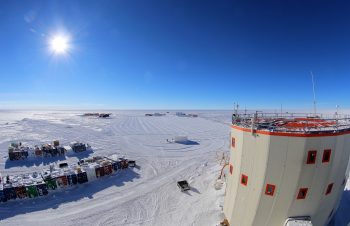
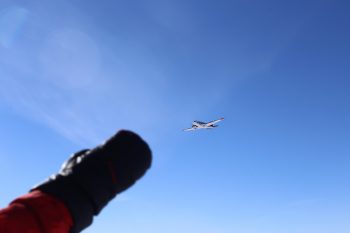
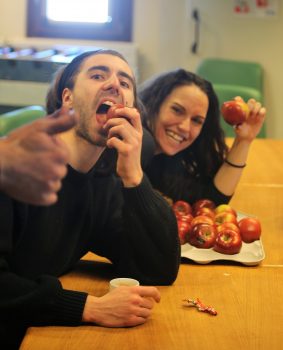
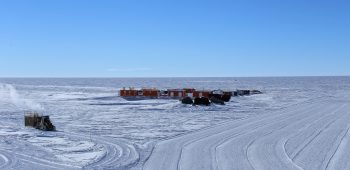
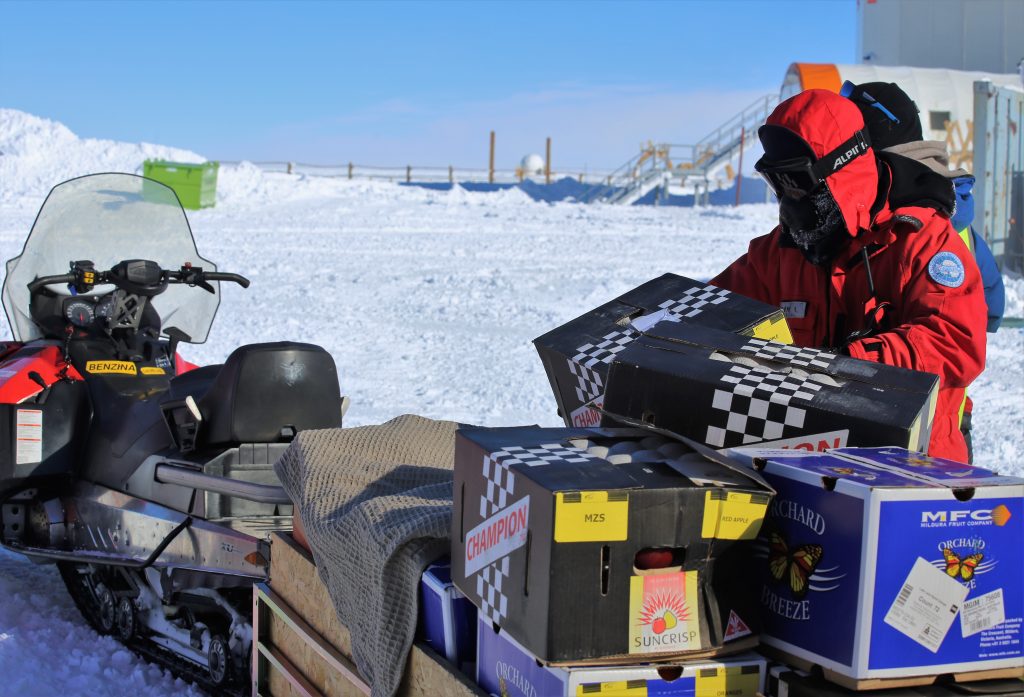



Discussion: no comments